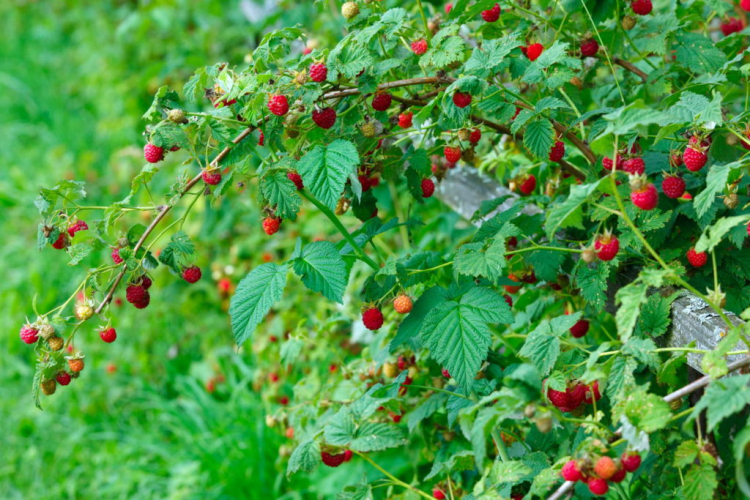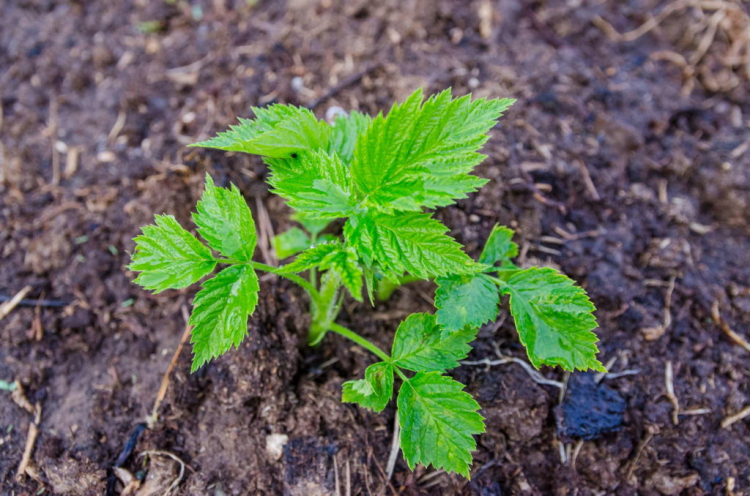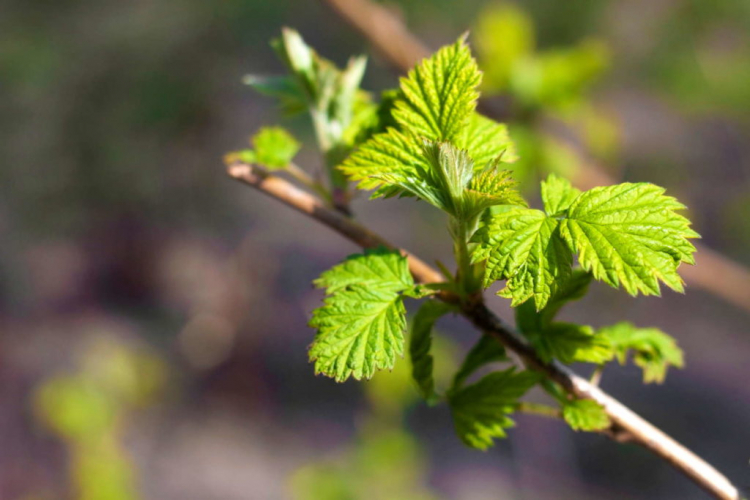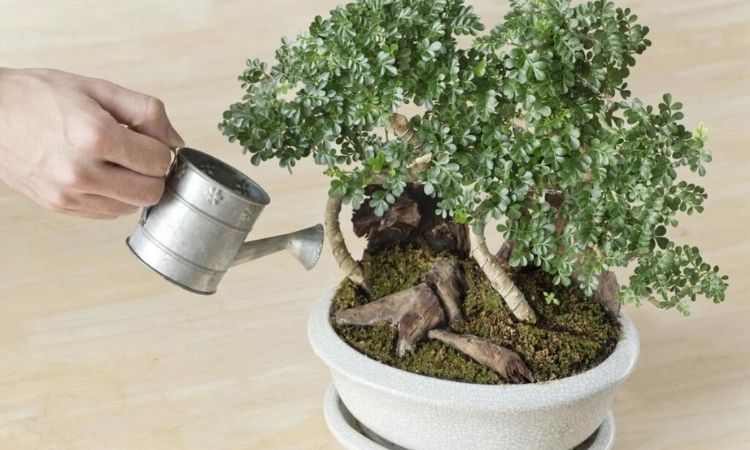Propagate Raspberries: How To Propagate Your Raspberries
Propagating your own raspberries is simple and easy. We’ll tell you what to look out for. Most raspberry varieties ( Rubus idaeus ) are characterized by medium to strong growth. They not only grow in height but also spread quite widely over a large area. These vigorous spouts are a simple way of propagating raspberries yourself. In addition, there are two other methods that you can use to propagate your own raspberries in a promising manner. We have put together below exactly how you should proceed with the various methods of propagating your raspberry.
A tip right at the beginning: It actually goes without saying, but we would like to point out that you should only propagate healthy plants. Anyone who thinks that only the soil is contaminated with a fungus and then tries to regenerate the plant in a healthy place may not be rewarded for their efforts. Instead, two places in the garden can be infected with the raspberry disease. Therefore, it is better to dispose of the infected plant and get a new, resistant variety, which is then planted in healthy soil.
Propagate raspberries: runners
The cutting of raspberry runners is the most widespread and easiest method of propagation for raspberries. This process is ideal for many raspberry varieties that have strong runners. Because if the raspberry runners are not pricked off and used for propagation, they still have to be removed at some point – otherwise the raspberry plant will get bigger and bigger.
You might so like: Sweet Potato Ingredients: Calories, Carbohydrates, And Protein Content
The latter is only possible with beds that are large enough for the raspberries to spread. However, this should only take place to a limited extent, after all, if the bushes are too dense, poorly ventilated, the risk of rod disease increases. A bush of 1 to 2 m2 is firstly better ventilated on all sides than a plant with 3 m2 and secondly, cutting raspberries and fertilizing raspberries is easier to carry out.

Instead of letting your raspberry bush expand infinitely, we advise you – even if there is enough space for it – to prune off some runners and plant more raspberries in a different location.
This is how the runners cutting off and planting works:
- In early fall, choose one or more young, healthy rods and carefully dig them out without damaging their roots. The root connection to the mother plant must be cut off or cut off.
Tip: It is easiest if there are branches that grow about half a meter away from the mother plant. When digging out these rods, you are less likely to damage the parent plant’s roots. - Plant the cut rods in the space provided in a planting hole that you have previously improved with a primarily organic fertilizer. But keep in mind that the raspberries will spread again within a few years. So choose places with enough space.
- In the next spring, cut off the old man shoot as soon as a few new shoots form. This delays the harvest by a year but strengthens the plants immensely.
Propagate raspberries by lowering them
Raspberries can also be propagated by making saggers, which can then be tapped just like the runners. This method has worked well with many other plants, but it is rarely done with raspberries. Because why should you go to the job of producing sinkers when there are already excavate foothills? Quite simply: Some raspberry varieties have little or no runners. In this case, the lowering method offers a good alternative to still be able to propagate the raspberries yourself.

This is how the raspberries propagate using a sinker:
- Defoliate long, elastic young rods and bend them towards the ground.
- Cover the defoliated section in the middle of the young rod with soil, if necessary secure with a wire or stone and water. The tip of the shoot looks out of the earth.
- In spring or autumn, when the roots are sufficiently strong, separate the tail from the mother plant and plant it in a pre-fertilized planting hole.
Propagate raspberries with cuttings
In addition to the methods mentioned, there is another way to propagate raspberries – via cuttings. This variant, as well as burying the sinks, is only recommended if no offshoots are available for propagation. We recommend preparing a little more cuttings than you plan to replant. Because often not all cuttings form roots and are then not usable.

This is how the raspberries propagate using cuttings:
- In early summer, cut pieces about the length of a pencil from slightly woody shoots.
- Put these shoots in suitable potting soil and keep them moist at all times. About two to three leaves should be left. The leaves must be removed from the shoot that is stuck in the substrate of the cutting.
Tip: Mini greenhouses are perfect for creating optimal humidity and ideal rooting conditions for water absorption for the cuttings without roots. - After two to three weeks in a sunny place, the cuttings are usually well-rooted. They can either remain in a pot until early autumn or be planted in the bed immediately. In both cases, you should always ensure sufficient watering, as the small plants initially only have weak, small roots.
How to care for the freshly grown raspberries and other exciting information can be found in our article on 10 tips for delicious home-grown raspberries.






